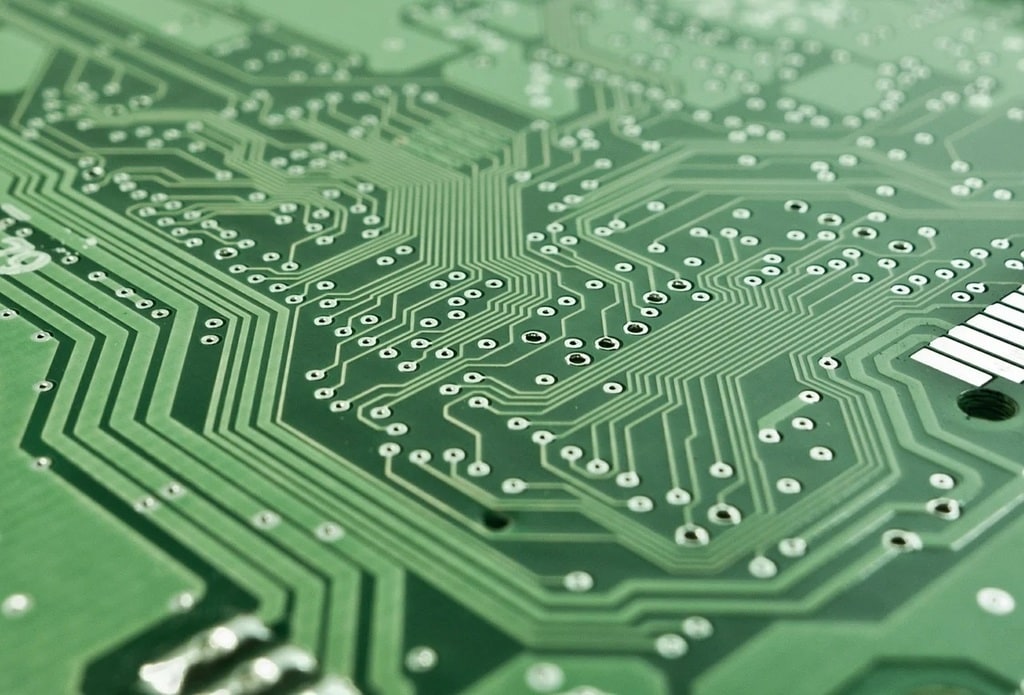Building your first electronics project
Embarking on your first electronics project can be a thrilling and educational experience. Whether you’re a budding engineer or a hobbyist, diving into the world of circuits, components, and soldering offers a rewarding blend of creativity and technical skill. This guide will take you through the steps needed to build your first electronics project, providing essential insights and practical tips along the way.
Getting Started with Your Initial Electronics Project
The journey of building your first electronics project begins with the right preparation. Start by selecting a simple project that matches your skill level and interests. Common beginner projects include LED blinkers, simple buzzers, or basic radio transmitters. These projects not only introduce fundamental concepts but also ensure that you stay motivated as you achieve tangible results quickly.
To get started, gather the necessary tools and components. A basic toolkit should include a soldering iron, solder wire, wire cutters, a multimeter, and a breadboard. For components, you will need resistors, capacitors, transistors, and LEDs, among others. Having a clear schematic diagram of your project is essential. This visual representation will guide you through the connections and placements of each component, ensuring accuracy and functionality.
Choosing the Right Project
Selecting the right project is a pivotal step. Opt for something that is both challenging and manageable. A project that is too complex can be discouraging, while one that is too simple might not provide a sufficient learning experience. Research various beginner projects and choose one that sparks your interest and aligns with your goals.
A well-chosen project will incorporate a range of components and concepts, allowing you to develop a broad understanding of basic electronics. For instance, an LED blinker circuit is an excellent starting point as it introduces you to the use of resistors, transistors, and the fundamentals of circuit design.

Essential Tools and Components
Before diving into the assembly process, ensure you have all the necessary tools and components at hand. Here is a bullet list of essential items you will need:
- Soldering iron and solder wire
- Breadboard
- Multimeter
- Wire cutters and strippers
- Assorted resistors, capacitors, and transistors
- LEDs and diodes
- Power supply (batteries or DC power source)
- Schematic diagram of your chosen project
Having these tools and components ready will streamline your project and minimize interruptions. A well-prepared workspace with adequate lighting and ventilation is also crucial for safety and efficiency.
Understanding Basic Components
Grasping the function of basic electronic components is key to a successful project. Resistors are used to limit current flow and divide voltages. Capacitors store and release electrical energy, playing a vital role in filtering and timing applications. Transistors, acting as switches or amplifiers, are fundamental in controlling current flow. Diodes, including LEDs, allow current to flow in one direction, converting electrical energy into light.
Familiarizing yourself with these components and their symbols on a schematic diagram will enhance your ability to troubleshoot and modify circuits. Practice identifying and using these components on a breadboard before soldering them onto a more permanent board.
Step-by-Step Assembly
With all tools and components ready, it’s time to start assembling your project. Begin by placing the components on a breadboard, following the schematic diagram. This method allows for easy adjustments and testing before making permanent connections.
Once the circuit works on the breadboard, transfer the components to a perforated board or PCB (Printed Circuit Board). Solder each component carefully, ensuring strong and clean connections. Avoid excessive heat to prevent damage to sensitive components.
Testing and Troubleshooting
After assembly, testing your circuit is crucial to verify its functionality. Use a multimeter to check for continuity and correct voltage levels at various points in the circuit. If the circuit does not work as expected, methodically check each connection and component placement against the schematic.
Common issues include loose connections, incorrect component values, and solder bridges. By systematically addressing these potential problems, you can identify and rectify faults, ensuring your project operates correctly.
Expanding Your Knowledge and Skills
Once your first project is complete, the door to more complex and exciting projects opens wide. Reflect on the challenges faced and the skills acquired during your initial project. Use this experience to tackle more advanced projects, incorporating microcontrollers, sensors, and wireless communication modules.
Continuously learning and experimenting with new technologies and components will expand your expertise and confidence in electronics. Join online forums, attend workshops, and read books and articles to stay updated with the latest trends and advancements in the field.
Remember, building electronics projects is a journey of constant learning and innovation. Each project completed adds to your knowledge base, paving the way for more ambitious and sophisticated creations in the future. Enjoy the process and the satisfaction that comes with creating functional and impactful electronic devices.
